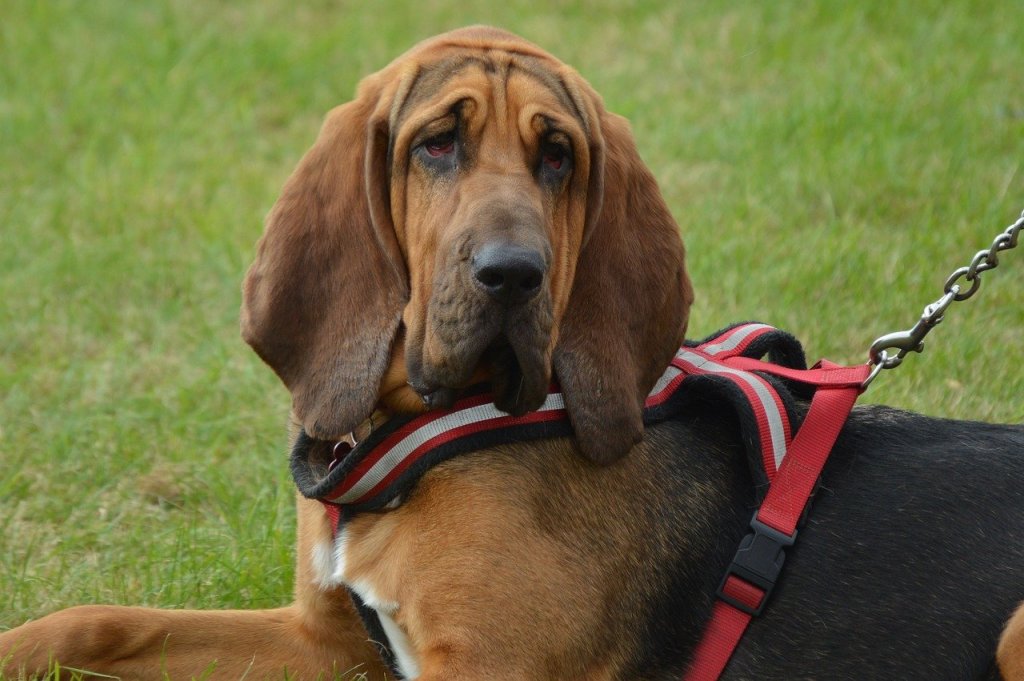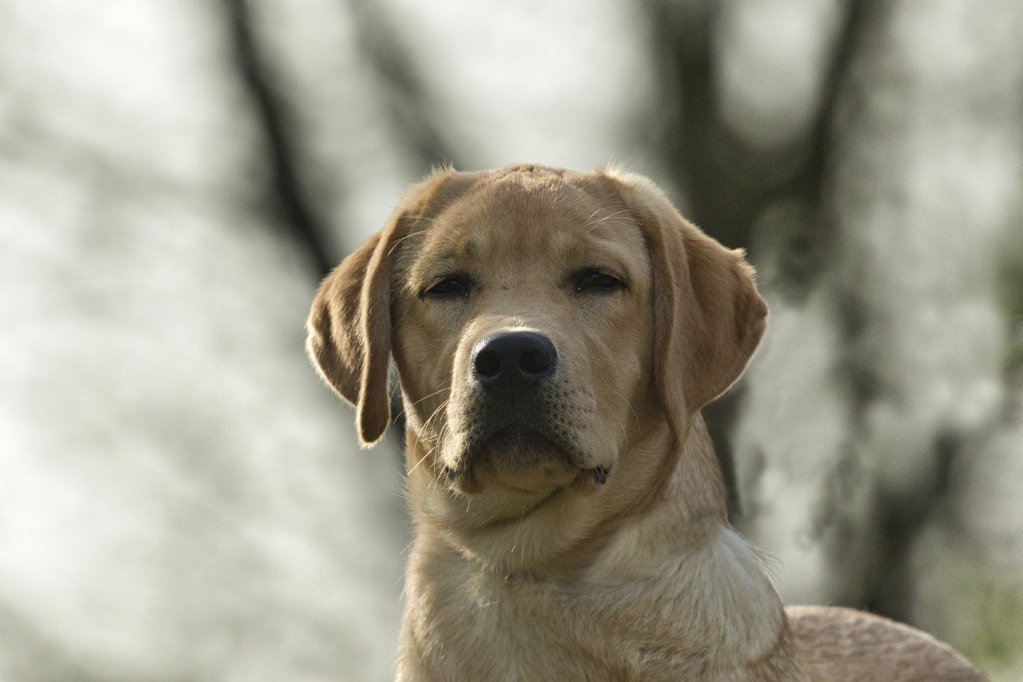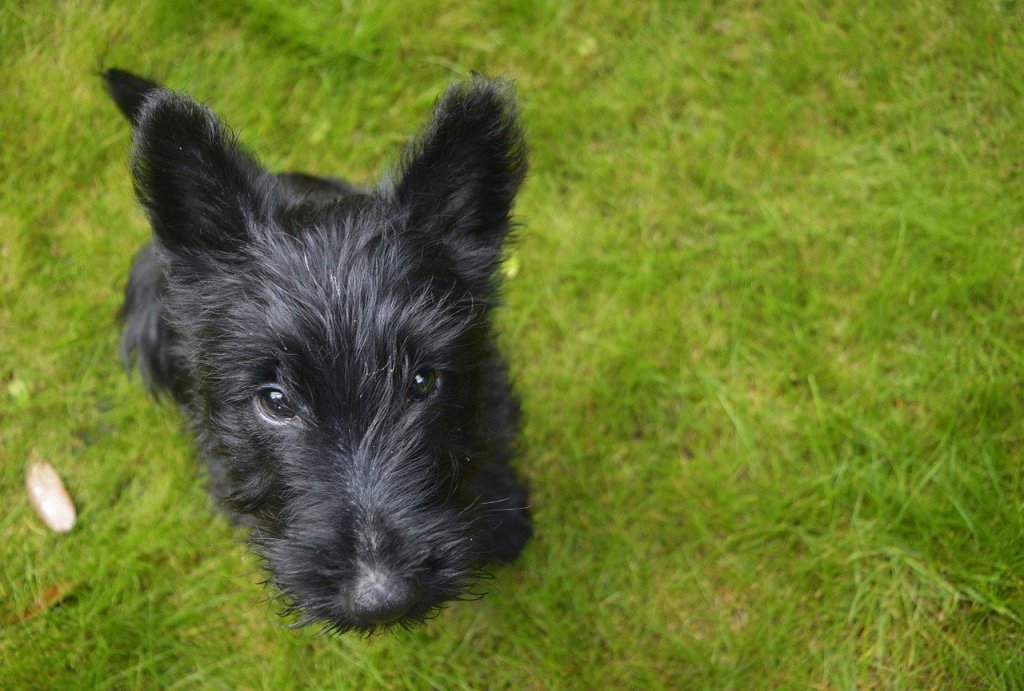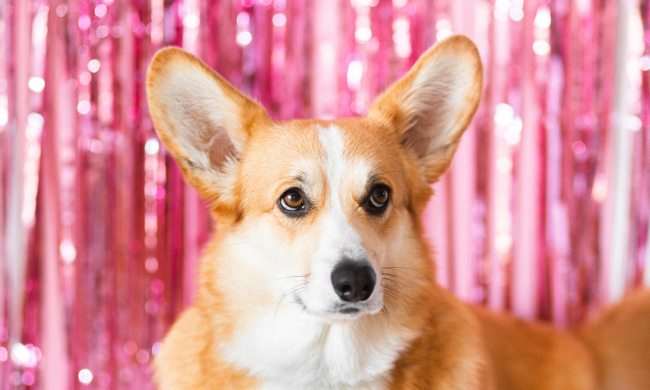From their playful spirit to their fierce devotion, dogs are the real-life superheroes of our world. But did you know their sense of smell actually is a superpower? A dog’s sense of smell is roughly 10,000–100,000 times stronger than ours. Their abilities are so advanced, it’s almost hard to fathom.
Former director of Florida State University’s Sensory Research Institute James Walker puts it into perspective: “If you make the analogy to vision, what you and I can see at a third of a mile, a dog could see more than 3,000 miles away and still see as well.”
Talk about impressive. So, which are the best scent-tracking dog breeds? Let’s find out.

Bloodhound
Bloodhounds have such acute olfactory abilities that the breed has become eponymous with scent tracking and (to a lesser degree) detective work in general. Despite their large size, they can become wonderful family pets with training.
Bloodhounds have a rich, fascinating history that begins in an abbey. They were bred into the noble creatures we know and love today by St. Hubert of Belgium in the seventh century, and they’re still known as St. Hubert hounds in French-speaking Europe. Tenacious, intelligent, and loyal, bloodhounds have been used as tracking dogs since the 16th century.
Now famous for their work with law enforcement — they were used in the 1888 manhunt for Jack the Ripper — bloodhounds have abilities so highly respected that they’re admissible in court as evidence. The bloodhound gets its keen sense of smell from its massive olfactory area, which is much larger than that of most breeds.
Bloodhounds are known for their patience, but they also have a mile-wide stubborn streak. If you’re planning to adopt a bloodhound, it’s important to start training them from a young age.
Basset hound
Second in scent-tracking abilities only to the bloodhound, basset hounds are instantly recognizable for their long, swaying bodies, their adorably stubby legs, and their large, drooping eyes. Their name comes from the French bas, meaning low or short. Like the bloodhound, bassets are rumored to hail from St. Hubert’s abbey.
Bassets quickly took America by storm. (Fun fact: George Washington received a pack of basset hounds as a gift from his friend, Lafayette.) Occasionally used as tracking dogs by law enforcement, these hounds are still employed by hunters for tracking game. With over 230 million scent receptors, these scent hounds also rely on their drooping skin folds and long ears to track their target successfully.
Most commonly, though, they’re kept as family pets. Bassets are notoriously friendly and affectionate with children, other family pets, and even strangers. Bassets can be stubborn, but when they’re well trained, you’d be hard-pressed to find a sweeter companion.

Labrador retriever
Originally bred in Canada for duck hunting, America’s favorite dog also served as fishing assistants. Despite their name, these laid-back, fun-loving dogs actually come from Newfoundland, not Labrador.
With thick, rudderlike tails, Labs are natural-born water dogs. Their dense, waterproof coats can keep them warm in Newfoundland’s icy waters, and they even have webbed feet, making them rapid swimmers. Labs are immensely clever, dedicated, and eager to please, so it’s no surprise they’ve been used as service and therapy dogs.
But their intelligence and work ethic — coupled with their impressive sense of smell due to their large, long noses — have led to careers in notable fields such as search and rescue, bomb detection, and drug detection.
Labs are rambunctious as puppies, but because they love pleasing their human family members, they usually enjoy obedience training.
German shepherd
These fierce, protective dogs are almost as popular as our last breed, the Labrador retriever. For the past 10 years, shepherds have held the number two slot for the most popular dog in the U.S. We can thank German Captain Max von Stephanitz for this breed, established in 1899 in Germany for herding and protecting livestock.
Now famous for their work detecting everything from bombs and drugs to fleeing criminals, shepherds are also used for search-and-rescue missions. Their thick coats help collect the scent, while their long snouts and large noses aid in detection. Shepherds are also one of the most intelligent breeds, and their cooperative nature makes them perfect for working alongside humans.
As pets, shepherds make wonderful guard dogs. They’re devoted to family members but wary of strangers. However, early obedience training is a must, or you run the risk of aggression from these large, determined dogs.

Scottish terrier
The Scottie, one of the most instantly recognizable breeds, rounds out our list. Dating back to at least the 17th century, Scotties were given as gifts by Scotland-born King James I of England. Hailing from the Scottish Highlands, these tenacious little pups were originally bred to hunt badgers, foxes, and rats.
Scotties are considered the oldest of the Highland terrier group. In fact, some scholars believe it’s entirely possible these dogs have been around since 1440 or earlier.
With large noses and long, wiry mustaches, Scotties have a sharp sense of smell that allows them to detect animals in their underground lairs. In modern times, their keen olfactory senses often prompt Scotties to dig up your yard, so early obedience training is essential. Despite their dignified appearance, Scotties are spirited and fun loving, and they require lots of play to lead happy, healthy lives.
Humans have around 6 million olfactory receptors in their noses. Canines, on the other hand, have nearly a whopping 300 million. Some breeds — like the bloodhound and the basset hound — are renowned for their keen olfactory abilities, while others aren’t immediately linked with scent tracking. Which breed surprised you?



